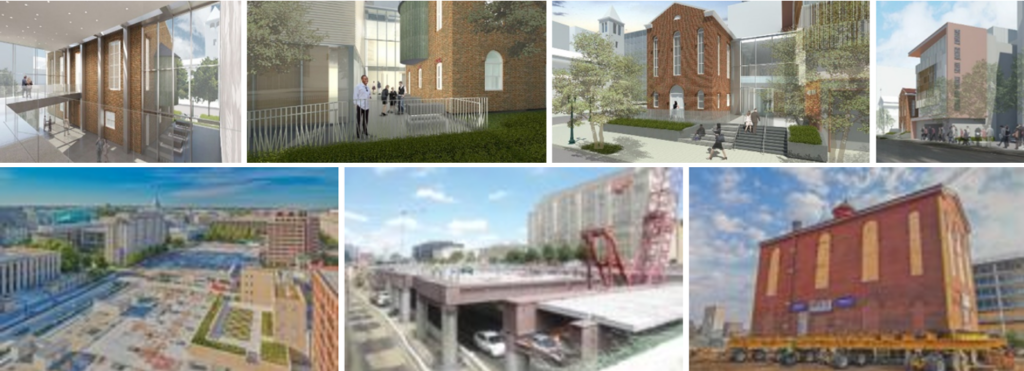
Parshat Vayetze (וַיֵּצֵא – And he went out), Genesis 28:10–32:3.
The synagogue of Bar-le-Duc, built in 1871, in a Moorish style, mixes the symbols of Judaism with elements of Renaissance architecture. Above the door, it is written in Hebrew the verse of Vayetze:
Genesis 28:17
אין זה כי אם־בית אלדים
וזה שער השמים
This does not is other than the house of Gd
and it is the gate of heaven
The presence of a Jewish community in Bar-le-Duc is attested from the Middle Ages. But in the 12th century, a time of intolerance and ghettoization, the Jews left the city. It is not until 1727 that Jewish families are again mentioned.
In 1868, land on the banks of the river Ornain was acquired with the aim of building a synagogue there. The project is financed by subscriptions and by grants from the city and the state. In 1872, the synagogue was built under the direction of architect Charles Demoget1.
In 1939, the community had more than 25 families, but the war and the deportation meant that, at the end of the war, the community had become too small for the synagogue to still be used as a place of worship.
On February 28, 2013, the entire synagogue, the garden and the enclosing wall were listed as historical monuments.
1 Louis Charles Demonget, engineer and architect born in Bar-le-Duc in 1827 and died in 1903.







